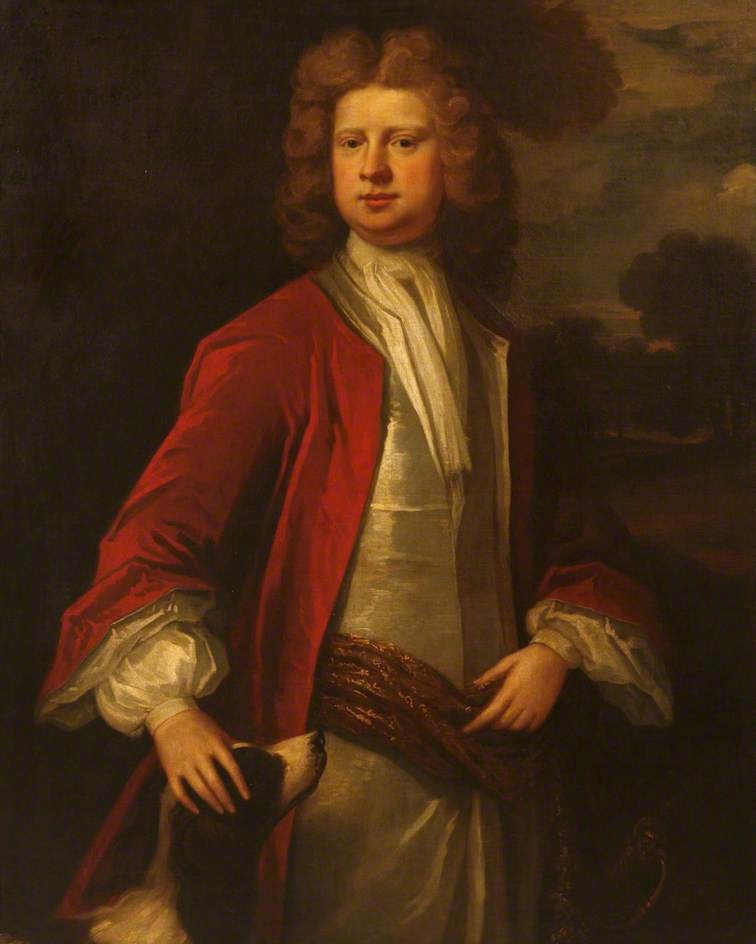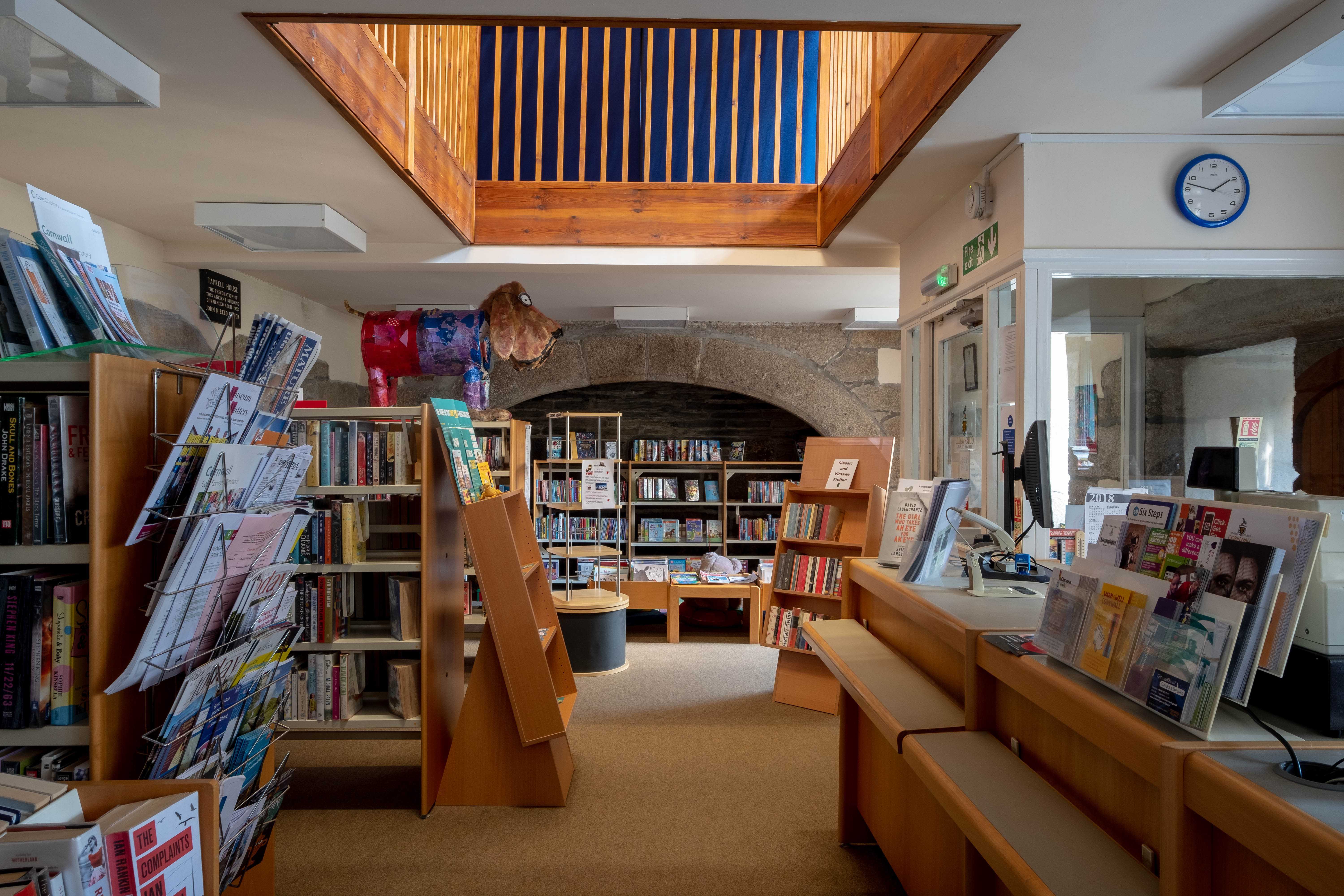What Three Words: ///trinkets.shining.eyeful
OS Grid Reference: SX103598
Lostwithiel’s sole-surviving 16th Century secular building,this was provided with a new eighteenth century frontage on Fore Street, which now known as Edgcumbe House
The Taprell family made their money in the tin trade and established themselves in Lostwithiel in the mid-16th Century. Over a period of sixty years, members of the Taprell family held the office of Mayor of Lostwithiel fifteen times and were burgesses of the town for most of this time. Originally a substantial U-shaped building fronting onto Fore Street and later including the King’s Arms, the east wing containing its large malthouse was demolished in the mid-17th Century. What is now known as Taprell House is the rear west wing of the former great mansion, the front of the building have been completely rebuilt by Lord Edgcumbe to form what is now Edgcumbe House. This wing was relegated to servants’ use and later storage, and gradually fell into disrepair.

The 1st Lord Edgcumbe
The interior of Taprell House retains many original features. It has probably the finest 16th century urban interior in Cornwall. The single most impressive feature is an enormous chamfered and basket-arched hall/kitchen fireplace. This must be one of the largest fireplaces in Cornwall and was clearly designed to support the cooking needs of a substantial household. At the other end, on the east side, there are three round openings cut into a continuous slab of granite. These are reminiscent of those in other Tudor houses where they were used to hold baskets of hot coals for cooking.
The building was acquired by the Town Council and renovations were completed in 1993, when, in the presence of members of the Taprell family, it was officially named as Taprell House. It now houses the Library and a Methodist Chapel.

The library in 2018, Tudor fireplace visible at rear
The courtyard is now much reduced in size by a 19th Century wall that separates it from the Old Malthouse. In the courtyard, however are stones from the demolished wing and benches salvaged from the demolition of the railway station buildings. A part of the wall of the demolished malthouse survives as the wall of Malthouse Lane. Low down on this wall, and illustrated below, can be seen a drain that discharged spent water in which barley had been steeped for malting. The lane has variously been known as Taprell’s Lane, Hick’s Lane, Warne’s Lane, and Malthouse Lane.

The old malt drain in Malthouse Lane